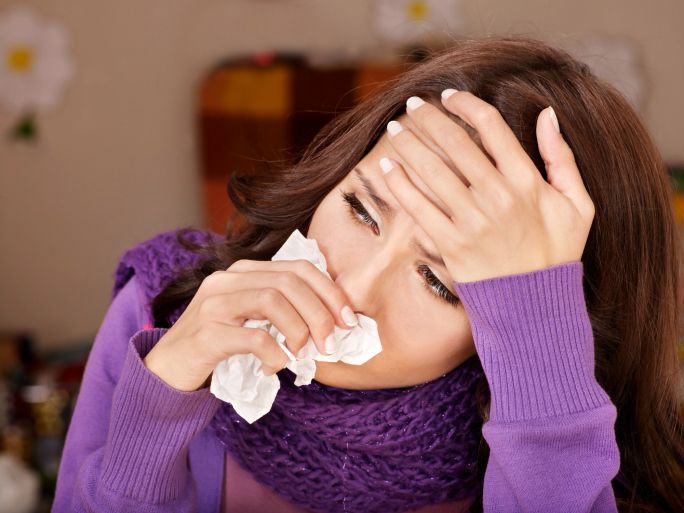Exposure to school-age children raises the odds that a person with lung disease who catches a cold will actually suffer symptoms like a runny nose, sore throat and cough, according to a study just published in the Journal of Clinical Virology.
That finding, the result of a study that drew upon a databank of 1,000 samples of sputum and nasal secretions from people with chronic obstructive pulmonary disease or COPD, comes as a surprise, says Ann Falsey, M.D., professor of Medicine at the University of Rochester and an infectious disease expert at Rochester General Hospital. Falsey is senior author of the study, which was led by first author Anurag Gandhi, M.D., an infectious disease fellow at the University of Rochester Medical Center.
“Before we conducted this study, I would have expected other factors, perhaps the severity of underlying disease – the state of the patient’s general health – to indicate who would actually suffer symptoms from their colds,” said Falsey. “Instead, contact with school-age children is the only risk factor we found, and it increases both the risk of infection and also the risk of suffering symptoms once you’ve caught a cold.”
Ann Falsey, M.D.
Many studies, including this one, have found that being around school-age children increases the risk of infection, but the new findings go one step further. Of people who come down with colds, the course of the infection is much more likely to be worse in people exposed to children.
In everyday life, many people have no symptoms and don’t even realize it when they catch a cold. It comes as no surprise that Gandhi and Falsey found that more than one-third of people infected with a rhinovirus, the bug that causes most colds, had no symptoms.
But further analysis of the data showed that of those people who were infected, people whose infection turned into real-life symptoms – congestion, runny nose, sore throat, hoarseness and so on – were about twice as likely to have contact with school-age children as people whose infections did not become symptomatic.
While the study was not designed to tease out a possible explanation, Falsey said it’s possibly because colds run a bit more rampant in young children. That’s because they haven’t had many years to build up immunity to the vast family of rhinoviruses that we encounter repeatedly throughout our lives. Children’s colds simply tend to be worse; they have more nasal secretions, for instance, as anyone who has tracked a sick child throughout a household will attest.
“We know that kids shed more virus longer when they get a cold,” Falsey said. “It may be that your chance of developing cold symptoms is related to the amount of virus you’re exposed to, and if you’re around small children, you’re exposed to more virus. The idea makes sense, but it’s speculation at this point.”
To avoid colds, Falsey counsels everyone – people with emphysema like those in the study, but everyone else as well – to practice good hand hygiene. That means washing your hands often, especially after you have sneezed or covered your mouth when coughing. Also, avoid touching your eyes and nose as much as possible. And, try to avoid sick children.
“We all know that children are efficient germ-spreading vectors,” said Falsey, “and we know that young children oftentimes don’t have ideal hygiene habits. It’s not unusual for them to accidentally sneeze in your face, for instance. If you have a grandchild who is sick, it may simply be smart to plan a visit for another day.”
The study relied upon close monitoring and sampling of 127 people with emphysema who were evaluated six times each during one year. At all visits, nasal secretions were sampled, and sputum samples were obtained when available.
Gandhi and Falsey’s analysis of the resulting 1,000 samples of bodily fluids, stored for nearly a decade at minus 112 degrees Fahrenheit, also turned up another unexpected finding. They found that adults who were on home oxygen use were somewhat protected against the added risk posed by schoolchildren. Again, the study was not designed to answer why, since the finding was unexpected. It could be, for instance, that young children were more apt to avoid close contact with adults who were wired up with tubes and apparatus that are scary to many children.










